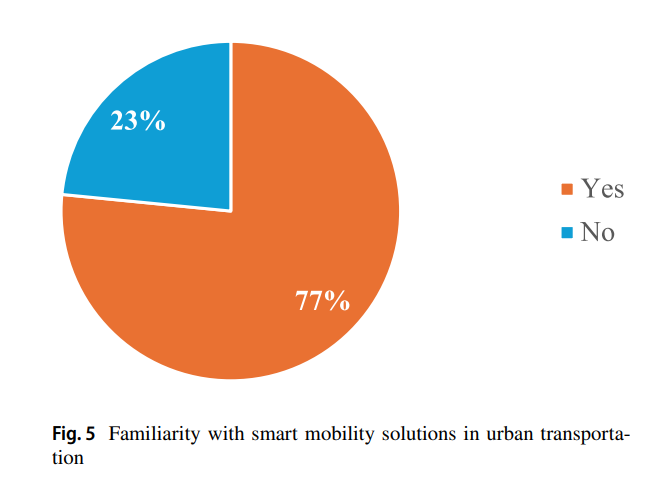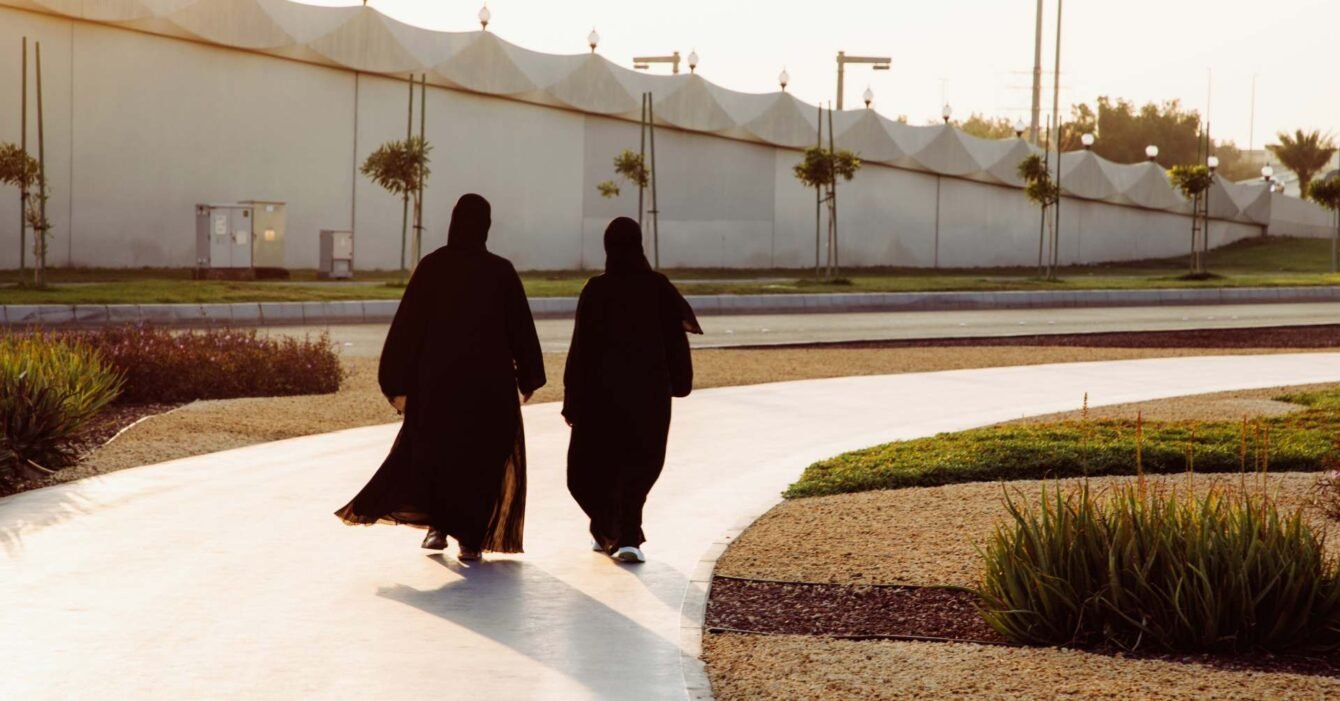The State of Smart Mobility in Saudi Arabia: 77.8% Ready, But Barriers Remain
As Saudi Arabia accelerates toward its Vision 2030 goals, smart mobility is emerging as a cornerstone of its urban transformation. A recent study from Umm Al-Qura University highlights a compelling snapshot of public sentiment and systemic challenges in the Kingdom’s smart transportation landscape. With 77.8% of respondents expressing willingness to adopt smart mobility solutions for daily commutes, the appetite is clear—but so are the roadblocks.
For foreign businesses eyeing this dynamic market, Saudi Smart Mobility Consulting offers a strategic bridge to navigate the regulatory, infrastructural, and cultural terrain.
77.8% of Saudis Are Willing to Use Smart Mobility Daily
The study surveyed 64 urban residents across Saudi cities and found that 77.8% are ready to embrace smart mobility options like ride-sharing, e-scooters, and smart buses. However, only 9% currently use these services regularly. This gap between interest and actual usage signals a ripe opportunity for foreign mobility providers—if they can tailor their offerings to local needs.

Saudi Smart Mobility Consulting firms can help bridge this gap by conducting localized market research, identifying behavioral patterns, and aligning product-market fit with cultural expectations.
Infrastructure Is the Top Barrier, Cited by 48% of Respondents
Despite high interest, nearly half of the respondents (48%) cited inadequate infrastructure as the biggest hurdle to adoption. This includes limited availability of smart buses, poor pedestrian and cycling infrastructure, and insufficient integration between transport modes.
Consulting firms can assist foreign entrants by mapping infrastructure gaps, advising on public-private partnerships, and aligning deployment strategies with municipal development plans.
Integrated Public Transport Is the Most Desired Solution (62.5%)
When asked which smart mobility solutions would most improve transportation efficiency, 62.5% of respondents chose integrated public transport systems. Pedestrian and cycling infrastructure (50%) and real-time traffic management (43.8%) followed closely.
Saudi Smart Mobility Consulting services can guide foreign companies in aligning their solutions with these priorities—whether through multimodal integration, last-mile connectivity, or data-driven traffic optimization.
Also Read: 3 Key Areas: Consulting’s Role in Saudi Transport Strategy
Affordability and Awareness Are Key to Unlocking Growth
While usability scored high (mean rating of 3.76/5), affordability (2.75/5) and public awareness (31% cited as a barrier) remain sticking points. This suggests that even well-designed solutions may falter without pricing strategies and education campaigns tailored to local demographics.
Consultants can help foreign players design tiered pricing models, secure government subsidies, and craft culturally resonant awareness campaigns to boost adoption.
Conclusion and Endnote
Since respondents could choose more than one option, the total exceeds 100%. This reflects the fact that many see multiple solutions—like integrated transit and pedestrian infrastructure, as jointly essential to improving urban mobility.
Saudi Arabia’s smart mobility ecosystem is complex, fast-evolving, and deeply tied to national development goals. Local consulting firms offer invaluable insights into:
- Regulatory compliance and licensing
- Stakeholder mapping and government relations
- Localization of UX/UI and service design
- Strategic partnerships with local operators
- ESG alignment and sustainability reporting
By leveraging Saudi Smart Mobility Consulting, foreign businesses can de-risk market entry, accelerate deployment, and align with Vision 2030’s sustainability and innovation mandates.
Also Read: 5 Trends Boost Saudi Advanced Mobility Consulting
This article draws on findings from the open-access study “Investigation of the impact of smart mobility solutions on urban transportation efficiency in Saudi Arabian Cities” by Abdulaziz Alotaibi, Abdulmajeed Almasoudi, and Abdulaziz Alqurashi, published in J. Umm Al-Qura Univ. Eng.Archit. (2025) 16:379–394. Licensed under CC BY 4.0.



